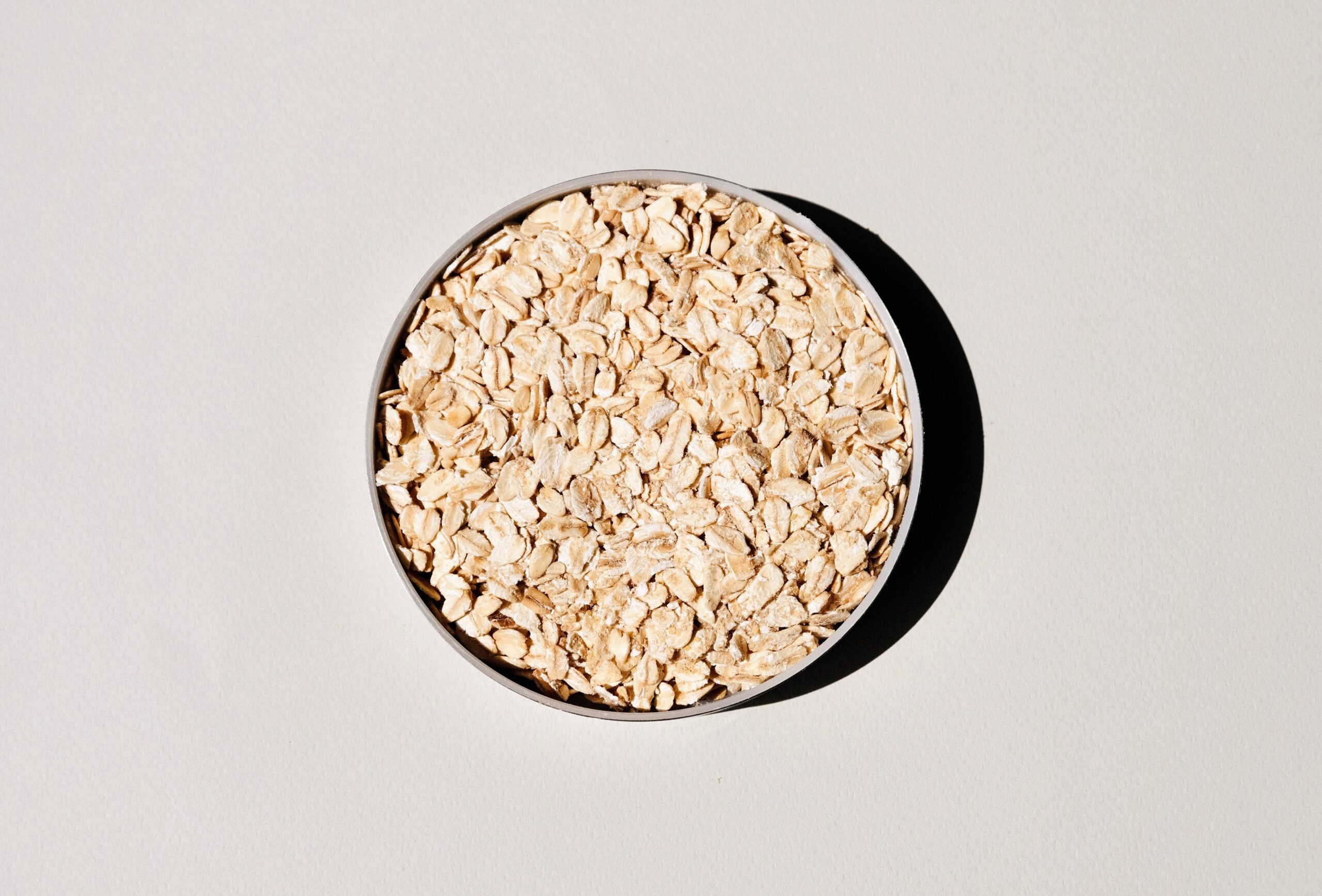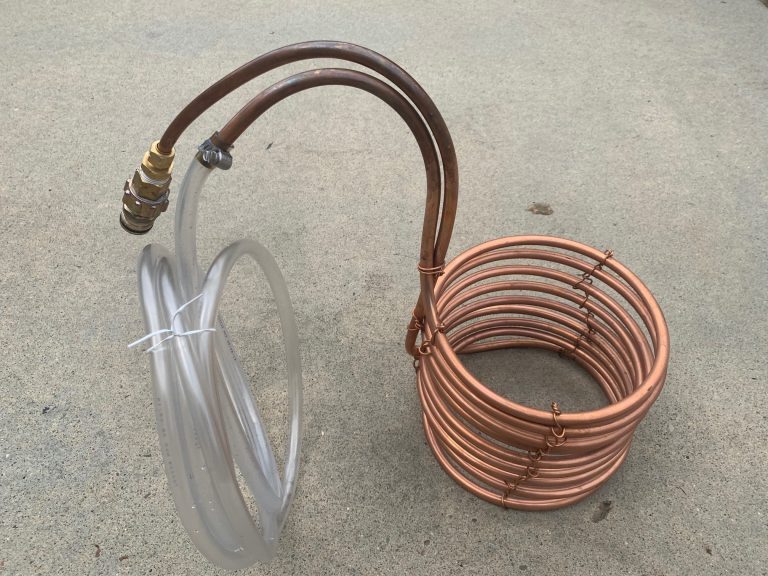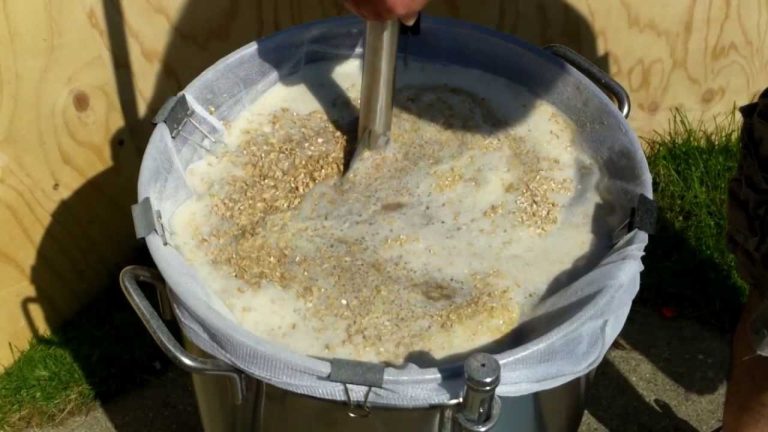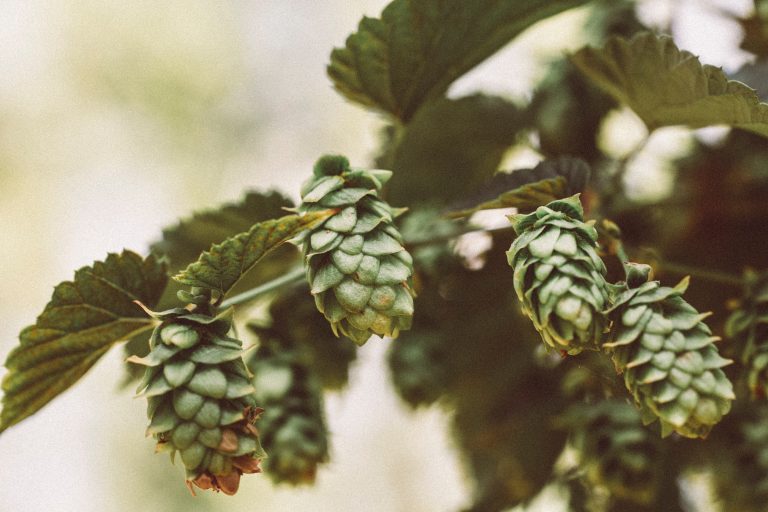Understanding Protein Rests in Mashing
Mashing is a fairly straightforward process. You let your grains soak in hot water for about an hour to extract as much sugar from them as possible. There are ways to complicate the mashing process by adding decoction or step mashing, all for various benefits.
However, occasionally brewers may want to consider adding a less common practice called a protein rest to their mashing schedule.
What is a Protein Rest?
Temperature Range: 113-131˚F (120˚F average)
Time: 15-30 minutes (20 minutes average)
No special equipment is needed to perform a protein rest. At its heart, it is just a few extra minutes at a lower temperature inside your mash tun (or kettle if you are doing brew-in-a-bag).
A protein rest is done at the beginning of your mash at a lower temperature for a short period of time. Most protein rests occur at 113-131˚F and last anywhere between 15 and 30 minutes long. A protein rest is used to activate certain enzymes in the malted grains that break down protein chains.
Benefits to a Protein Rest
At these lower temperatures, proteolytic enzymes chop up some of the longer protein molecules into smaller chunks. Most wort proteins, including some enzymes like the fermentable amylase, are not soluble until the mash reaches temperatures associated with the protein rest.
The length of various protein chains in a beer has a lot of benefits. As these shorter proteins are dissolved into wort, they eventually contribute to a fuller body and aid in head retention. Longer chains can also be a nuisance in beers. Long protein chains can result in “chill haze“, which occurs around 32–45 °F (0–7 °C), and disappears around 68 °F (20 °C).
I found that I consistently get higher efficiency in my brew-in-a-bag setup when doing a protein rest. My mash efficiency jumped from 72 to 89 percent just by doing a twenty-minute protein mash at the beginning. Your mileage may vary on this, but I think the added time really benefited the grains. BIAB home brewers are often plagued with low efficiency, so this may be one way to combat that.
When Not to do a Protein Rest
In most cases, modern malts do not need a protein rest.
Many malts available today are fully modified. The more modified the malt is, the more its proteins are already broken down. In fact, performing a protein rest on these fully modified malts can actually break down the proteins too far, resulting in a thin and watery beer.
Grains that Benefit from a Protein Rest the Most
If your grist consists of 25% or more unmalted grains – such as flaked wheat or oats – then performing a protein rest is highly recommended. German malts, like Munich, could also benefit from a protein rest since they are typically less modified than American grains.
If you brew New England IPAs, a protein rest may be beneficial. Commonly flaked adjuncts are used at or above the 25% mark, and Munich malts are often used to help build body.






